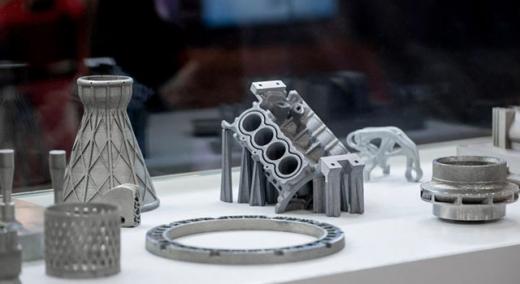ASM International is a nonprofit professional society focused on providing scientific, engineering, and technical knowledge to its members and the materials science community. In its education and experimentation labs, it regularly works with innovative inspection solutions that have the potential to improve quality assurance in manufacturing.
|
ADVERTISEMENT |
One new application it’s working on is laser powder bed fusion (L-PBF), an additive manufacturing process where a laser is used to weld powdered material to form a 3D object. Think of it like 3D printing, but for metal parts. One of the challenges ASM International is studying is how to assess the quality of the 3D-printed parts.
How does laser powder bed fusion work?
The process begins with a bed of metallic powder on a base. A very fine laser selectively heats the powdered material, causing it to weld together. By creating thousands (or more, depending on the size of the part) of tiny welds in multiple layers and discarding the unused powder material, users can effectively create a 3D metal object.
…

Add new comment